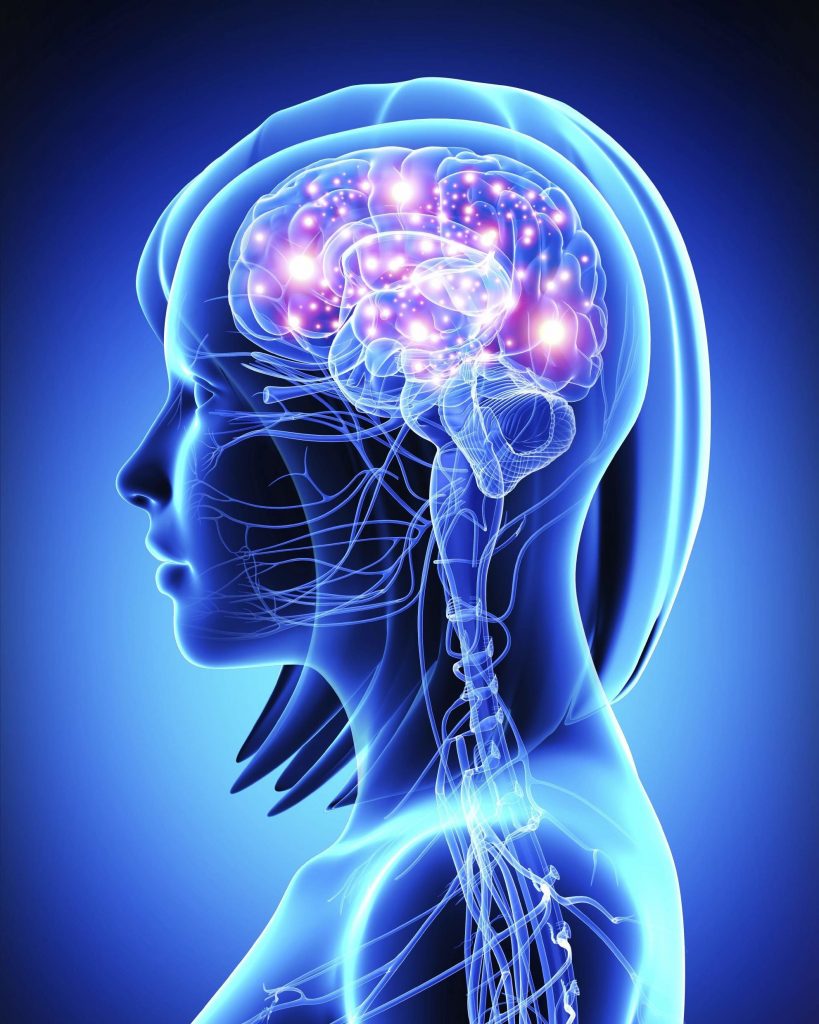Pain is a highly subjective symptom, differing from one person to the next in its implication on lifestyle, affect on function and control of decision making. It may sound obscure, but pain perception itself could be considered a personality trait, and when we look at the pathways of personality and pain, this doesn’t appear so far fetched. The prefrontal cortex is the part of the brain which is responsible for what is called “Executive function”, i.e. controlling decision making, personality expression, differentiation between good and bad, and creation of expectations. However, studies have shown that this area of the brain also plays a role in pain modulation, whereby it can increase or decrease pain depending on the current emotional state.
For example, have you ever noticed your neck or shoulders aching when you’re stressed? Or your knee pain worsens after an irritating day at work? Conversely, we don’t notice our pain as much when we laugh with loved ones or complete activities we enjoy. This is because pain modulation has both ascending (from the tissue to the brain) and descending (from the brain to the tissue) pathways. It is the descending pathway in which emotional state and prefrontal cortex function has a role in pain perception, through three key mechanisms: attention, expectation and reappraisal.
First, attention is simply how much focus we place on our pain, hence why distraction eases our pain significantly. Second, expectation is awaiting pain to occur, which is more common in chronic pain, whereby you have been in pain everyday from when you wake up, that each morning you simply begin to expect the pain and therefore feed forward pain mechanisms. Third, reappraisal is how in control we feel of our pain, how much it affects our lifestyle, and how easily we believe we can change it, whether it be through movement, pain medications or belief in healing.
The neurophysiology of pain is complicated and will continue to be studied for many years to come. The important message to take away is that pain malleable. It can be dampened down and heightened simply from our attitude towards it, and while pain initially is a protective mechanism, with time and unproductive focus can in fact hinder recovery.
For example, one common view is that pain is an indicator of tissue health. This initially may be correct, however as we’ve discussed above can continue beyond actual injury. This can cause us to reduce our activity in an attempt to prevent further damage and promote healing, when in fact, most musculoskeletal injuries require retraining in order to heal.
Knowledge is power. Understanding your pain is half the journey in rehabilitation, knowing when to listen and when to ‘push through’ is an art in itself, never mind adding in your emotional state and beliefs to the picture. However, simply being aware that your emotions and attitudes can influence your pain, and that pain is not always an indicator of injury are great steps towards gaining greater control and promoting recovery.
Physiotherapists can help guide you through your pain and advise you how best to manage, including simple advice such as heating/ice therapy and relaxation techniques, to customising a training program applicable to both your injury and lifestyle. For now, if you are experiencing pain, take a deep breath, do an activity you love, laugh at a terrible joke and understand pain does not control you, you control your pain.
Tahnee Goodman
Physiotherapist (MPHTY)
1. Wiech K, Ploner M, Tracey I. Neurocognitive aspects of pain perception. Trends in Cognitive Sciences. 2008;12(8):306-313.
2. Louw A, Diener I, Butler D, Puentedura E. The Effect of Neuroscience Education on Pain, Disability, Anxiety, and Stress in Chronic Musculoskeletal Pain. Archives of Physical Medicine and Rehabilitation. 2011;92(12):2041-2056


